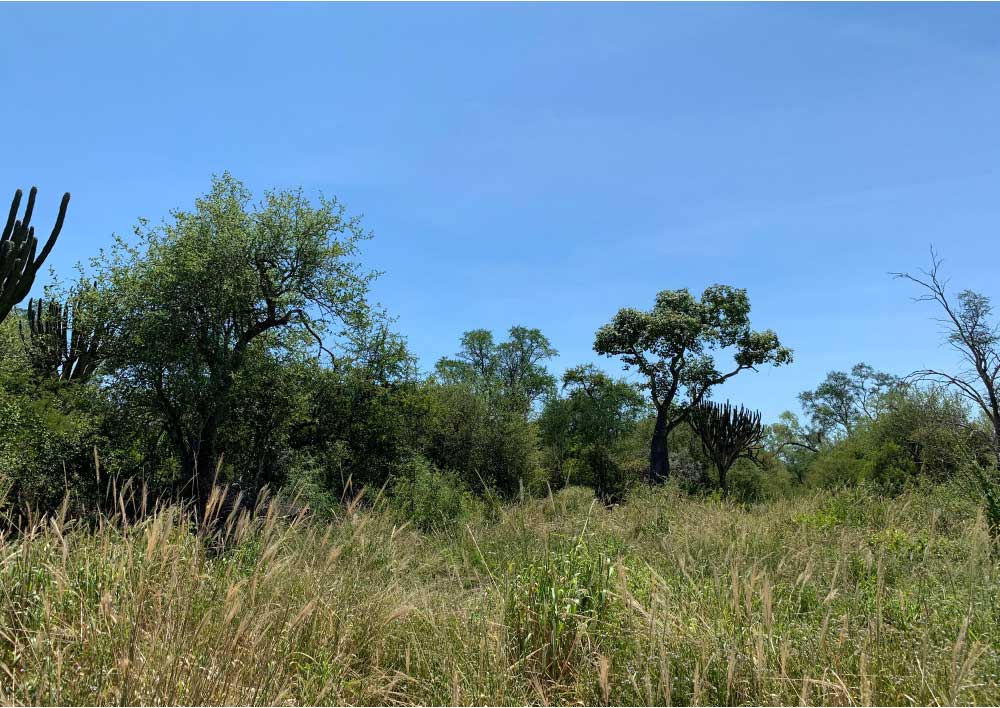
What is Sustainable Forest Management? Guaiacwood: Where Strength Meets Renewal
The concept of “sustainable forest management” was defined at the Rio Summit of 1992 and is a worldwide ambition. It involves managing forests sustainably to preserve their biodiversity, their vitality, and their ability to regenerate. What does this mean in reality?
Far from cities, office buildings, and virtual meetings on Teams, a magical forest proves its endurance and shows us the way: the Chaco in Paraguay.
It is so incredibly dense and hostile that it has been called “impenetrable”. In Latin America, the only remaining old-growth forests are the Amazon and the Chaco. Unlike the Amazon, the Chaco is populated by dry and extremely thorny vegetation, like that of a desert. While it isn’t a comfortable place for humans, this forest is a paradise of natural biodiversity. Its inhabitants include jaguars, pumas, howler monkeys, armadillos, and ants that make giant nests, all living amongst the Chaco’s unique flora of thorny plants, cacti, and guaiacwood, which is one of several plants known to locals as palo santo.
As a raw material, guaiacwood has woody, creamy, smoky notes. It has been receiving coverage in the press recently due to its exploitation and European CITES restrictions. Nelixia has been working for two years to establish sustainable management practices for this resource. Figuring out how to reinvent sourcing to protect an endangered species is an intriguing topic!
There will be a new, more complicated way to source ingredients, which will require a lot of patience and energy, but it’s probably the only way to move forward and ensure that the next generation of perfumers actually know what guaiacwood smells like.

